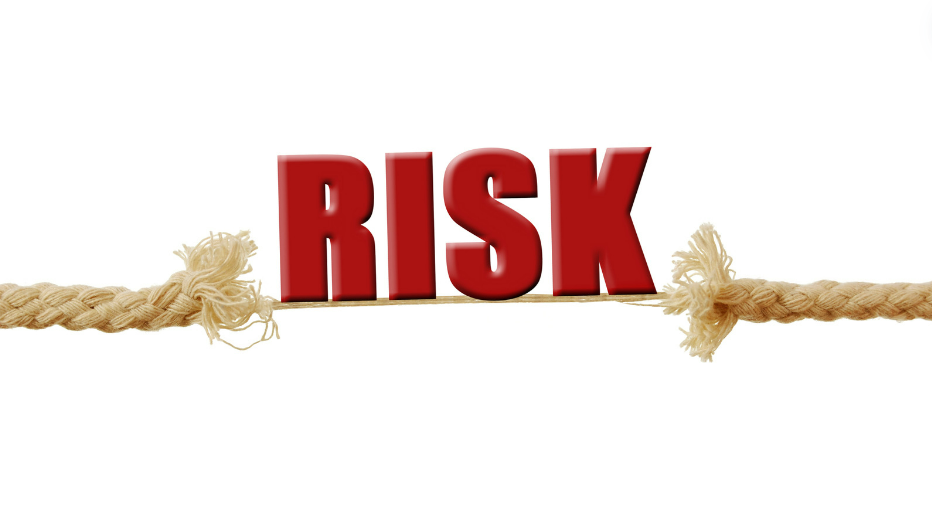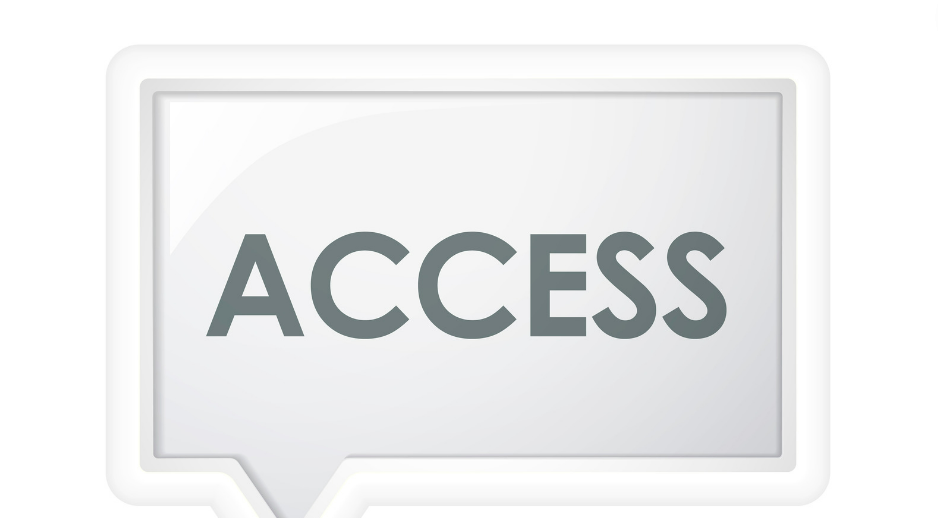Governance, risk, and compliance (GRC) are essential components of any successful business. However, managing these three elements can be a daunting task, especially for large organizations with complex processes and systems. The traditional approach of using spreadsheets and manual processes has become ineffective in today’s fast-paced business environment.
Fortunately, technology has provided a comprehensive solution to bridge the gaps between governance, risk, and compliance. GRC risk management software is a game-changer for businesses looking to streamline their processes and ensure compliance with regulations. So, without further ado, let’s take a detailed look in the following article.
Streamline Processes
One of the main functions of GRC software is to streamline processes by automating tasks that were previously done manually. This includes tracking policies and procedures, monitoring controls, and managing compliance requirements. By automating these tasks, GRC software reduces the risk of errors and ensures consistency in data collection.
Moreover, GRC software provides a centralized platform for all governance, risk, and compliance activities. This eliminates the need for multiple spreadsheets and documents, making it easier to manage and track processes effectively. With real-time dashboards and reporting capabilities, businesses can make informed decisions and identify potential risks before they occur.
Ensure Regulatory Compliance
Regulatory compliance is a crucial aspect of GRC, as non-compliance can lead to hefty fines and reputational damage. With the constantly evolving regulatory landscape, manually managing compliance requirements has become increasingly challenging. This is where GRC software comes in. It helps organizations stay up-to-date with regulations by automatically updating compliance requirements and providing real-time alerts for any changes.
GRC software also assists in managing audits and assessments by providing a centralized platform for document management, evidence collection, and reporting. This significantly reduces the time and effort required to prepare for audits, ensuring a smoother process.
Identify and Mitigate Risks
Risk management is another fundamental element of GRC, and GRC software plays a crucial role in identifying and mitigating risks. Through data collection, analysis, and reporting capabilities, GRC software helps organizations identify potential risks and prioritize them based on their potential impact.
The centralized nature of GRC software also allows for better collaboration between different departments involved in risk management. This ensures that all stakeholders have access to the same information, fostering a holistic approach to risk management.
Seeking the Right Partner for GRC Software
Implementing GRC software is a significant step towards bridging the governance and risk gaps in an organization. However, choosing the right partner for GRC software is equally crucial for its success. Knowing how to choose the right GRC software for your business can be challenging, but it is essential to consider factors such as industry-specific compliance requirements, scalability, and customer support. This will further enhance the efficiency and effectiveness of your GRC processes.
Conclusion
GRC software is a comprehensive solution that bridges the gaps between governance, risk, and compliance in an organization. There are many benefits of using a GRC management tool, from streamlining processes to ensuring regulatory compliance and identifying risks. However, selecting the right partner for GRC software is crucial for its success. So, don’t let your organization fall behind in managing governance, risk, and compliance. Invest in GRC software and experience the many benefits it has to offer.













Comments